Evaluating Combinations of Mesh Optimization and Mesh Movement Methods for Geophysical Fluid Dynamics
Please login to view abstract download link
The accuracy of a numerical solution is strongly dependent on the underlying computational mesh. The goal of mesh adaptation is to improve the mesh-based discretization of the solution space to achieve better accuracy and stability of the numerical solution at a comparably diminished computational cost. In this work, we contrast mesh optimization and mesh movement methods and study the advantages of combining the two. Mesh optimization methods focus on modifying the mesh through local re-gridding operations, which in two dimensions include node insertion, edge splitting, node deletion, edge collapse, and edge swap. Mesh optimization methods can be advantageous in adapting to rapidly varying solution fields such as the formation of a wake field downstream of an obstruction in a shallow water setting. Alternatively, mesh movement methods seek to optimise the mesh through the movement of the mesh nodes without altering the underlying topology. Mesh movement methods can avoid the introduction of potential mesh-to-mesh interpolation errors inherent in mesh optimization methods and are well suited to following physics with a fixed degree of freedom. Many unsteady partial differential equations (PDEs) could likely be advantaged in increased robustness, flexibility, and computational cost reductions, from applying either mesh movement or mesh optimization methods at different stages along the evolution of the numerical solution field. Here we explore the strengths and limitations of combining these methods utilizing a suite of well-known 2D benchmark unsteady PDE test cases, such as flow past a cylinder, in the context of metric-based, anisotropic mesh adaptation. The discussion focuses on mesh quality, numerical accuracy, error measures, and computational efficiency.

